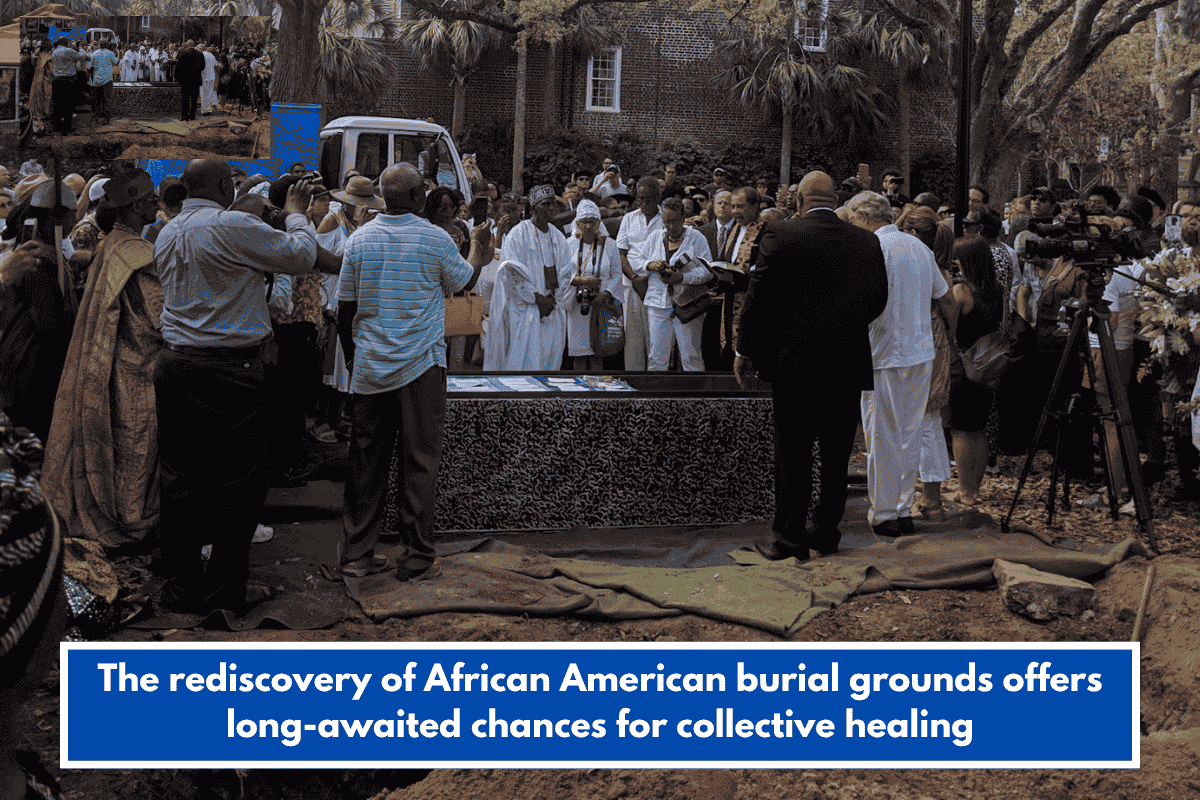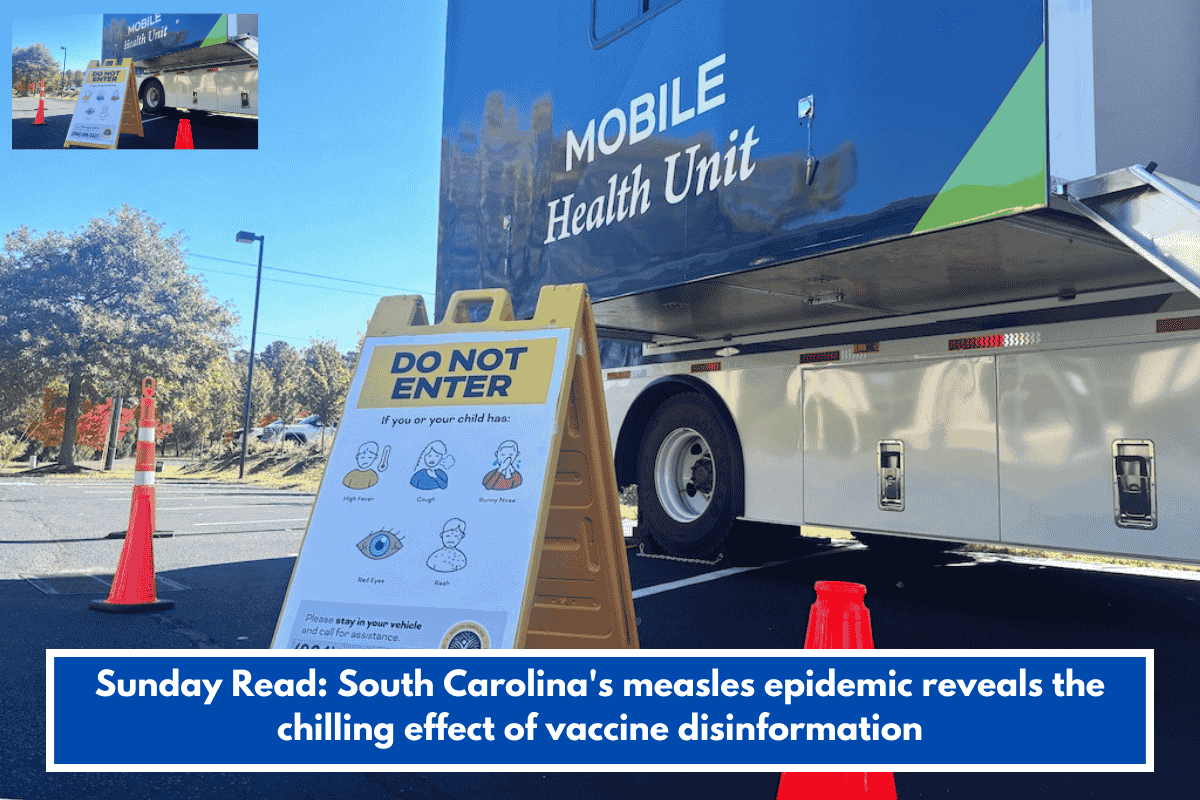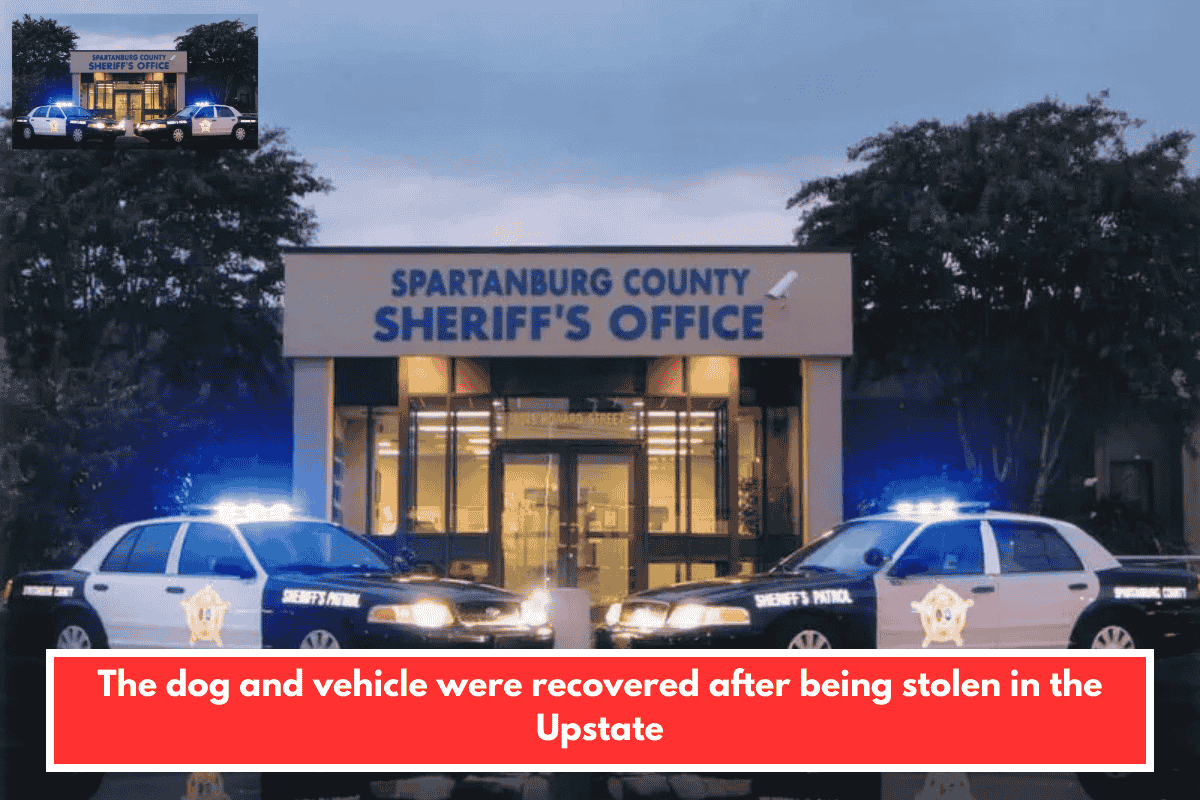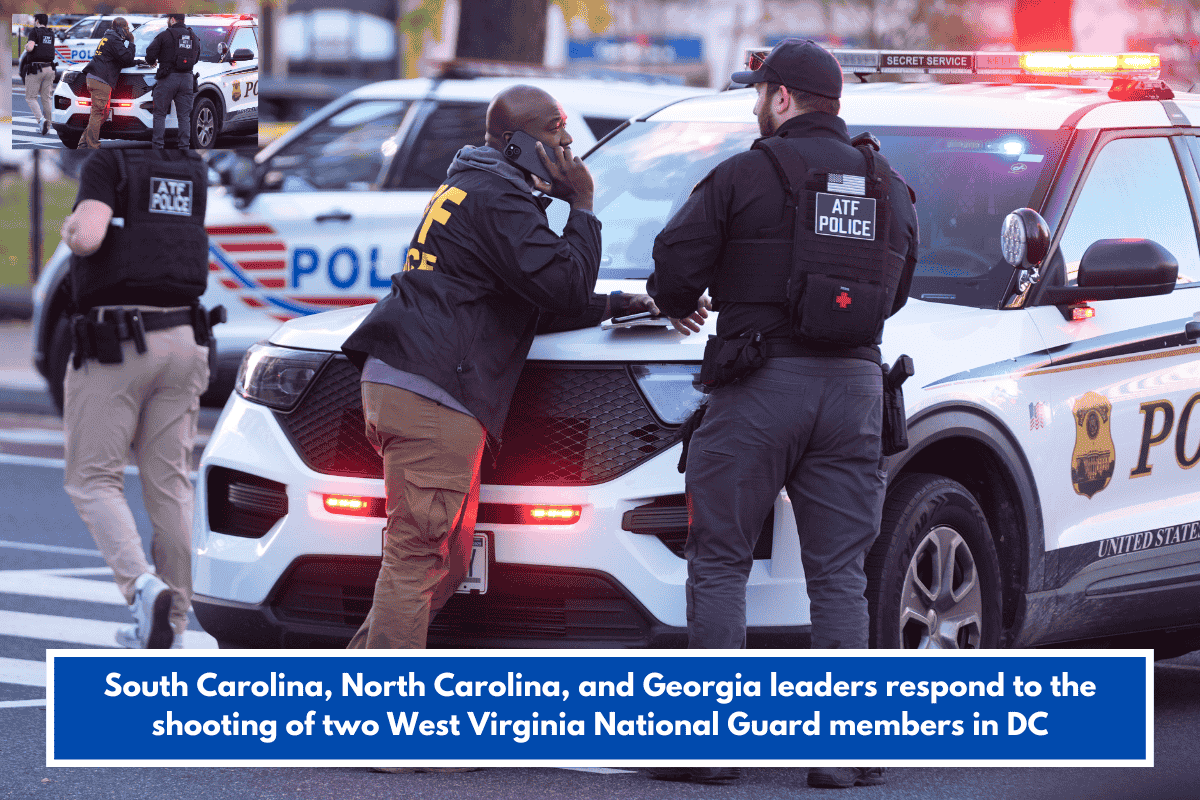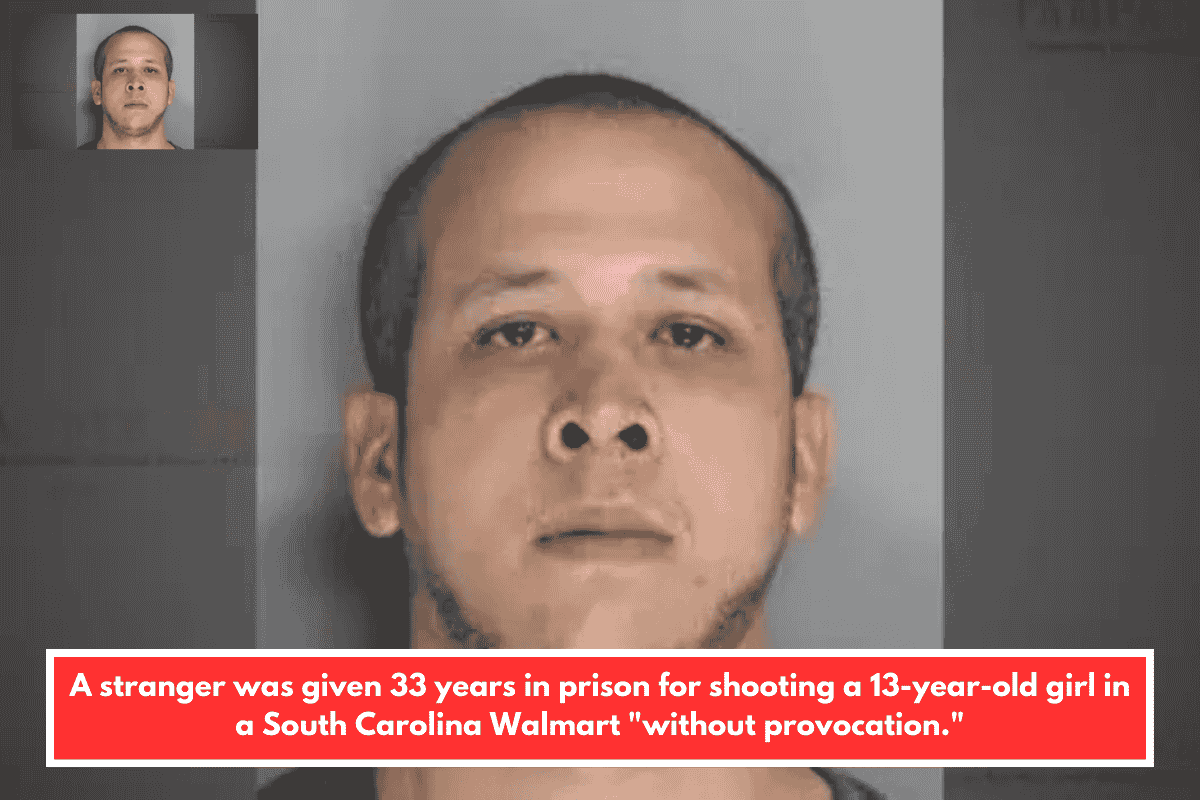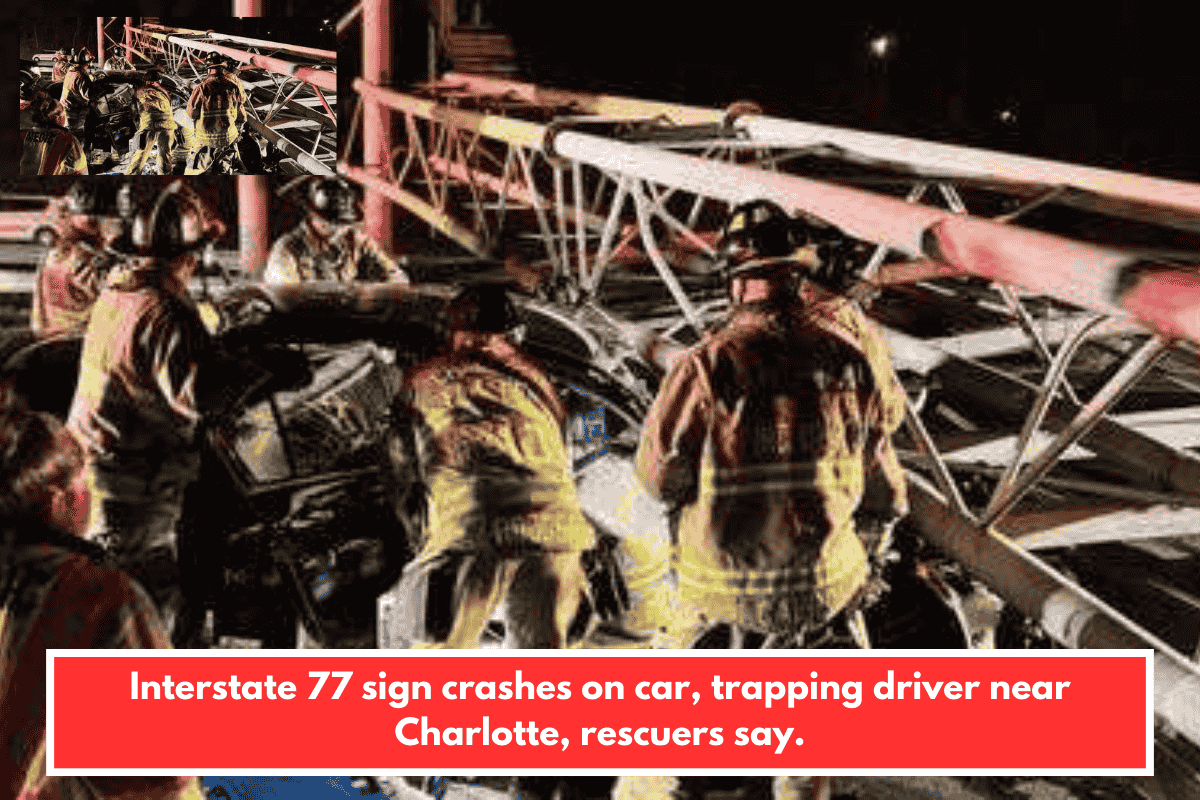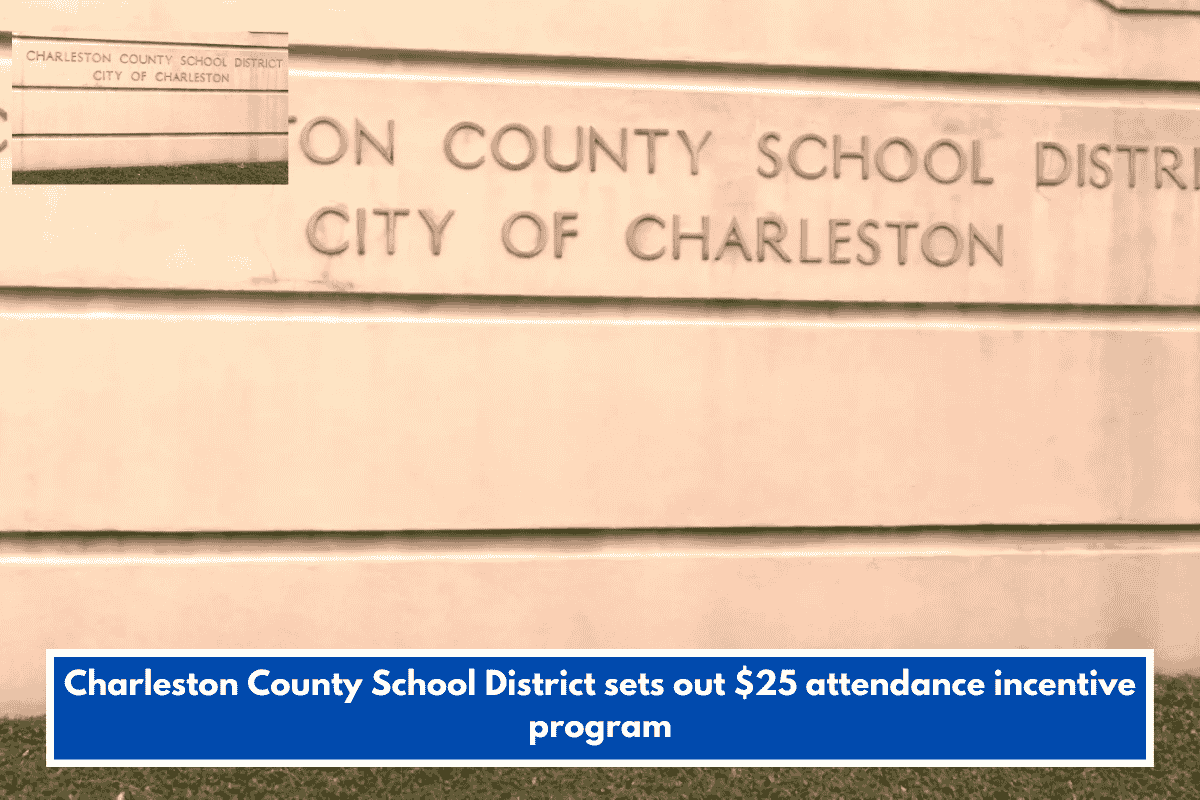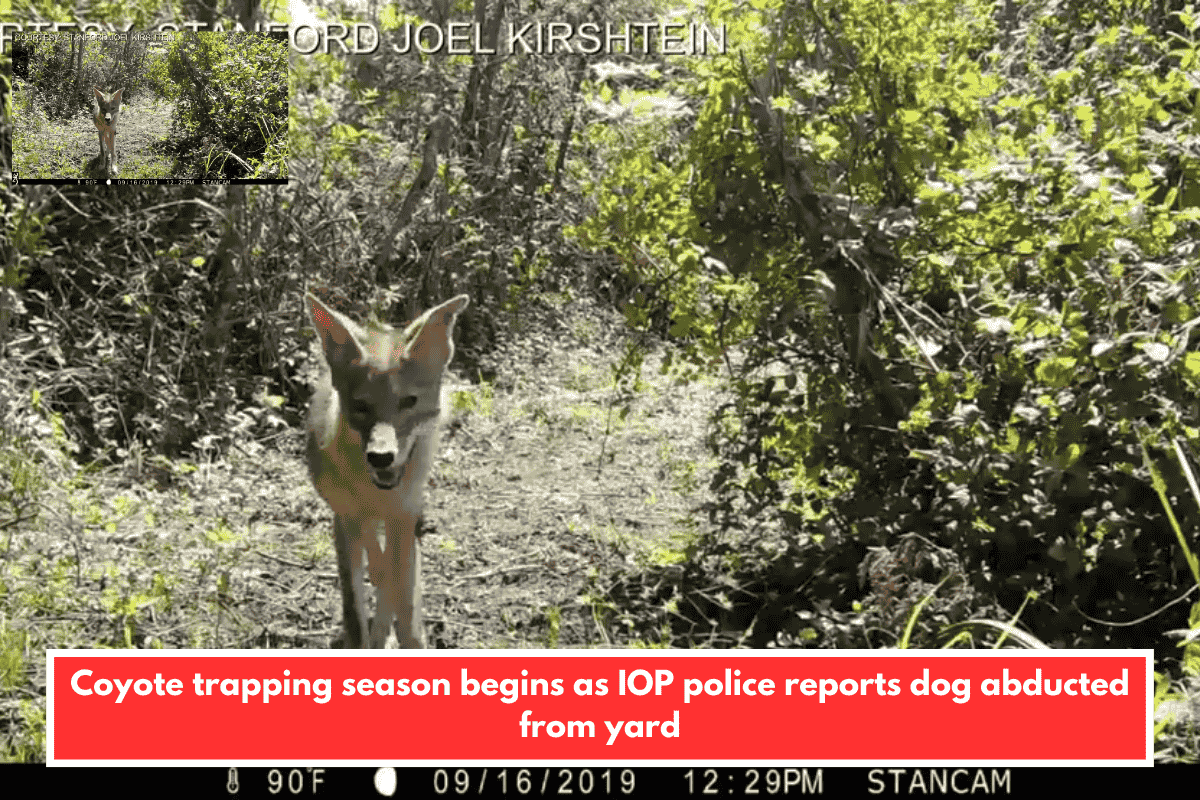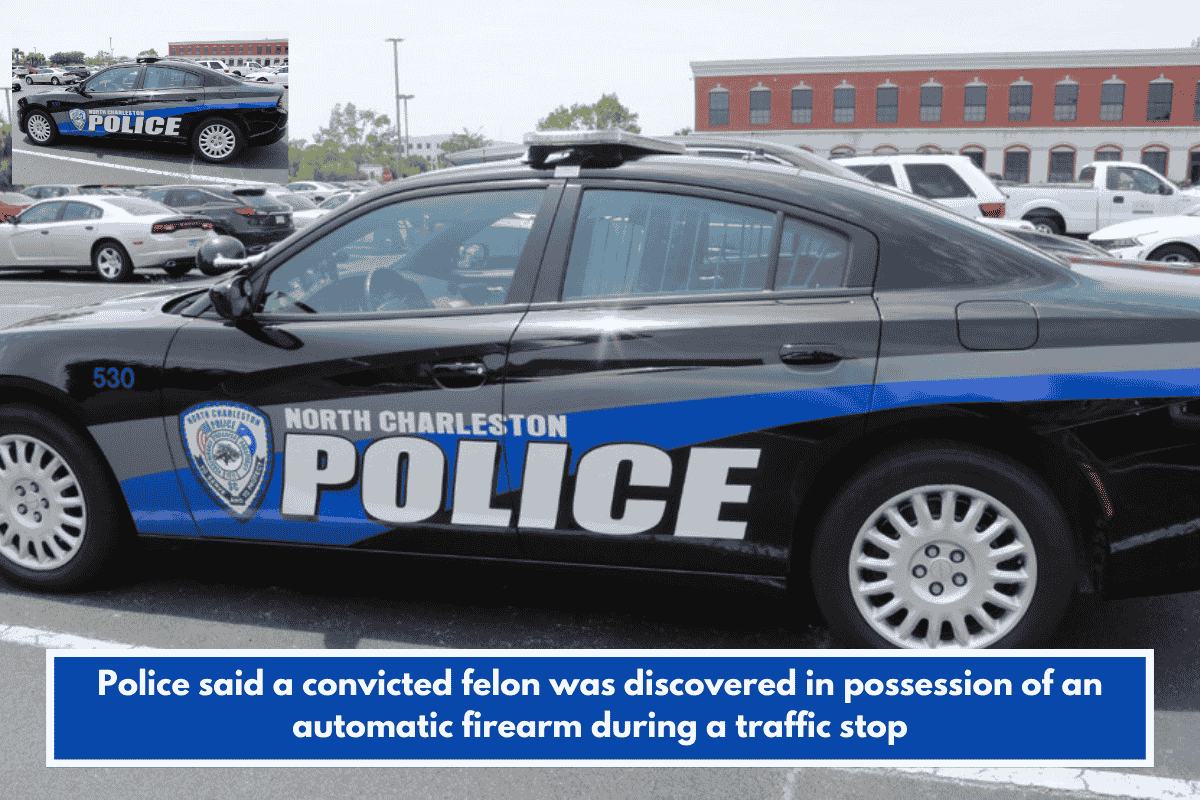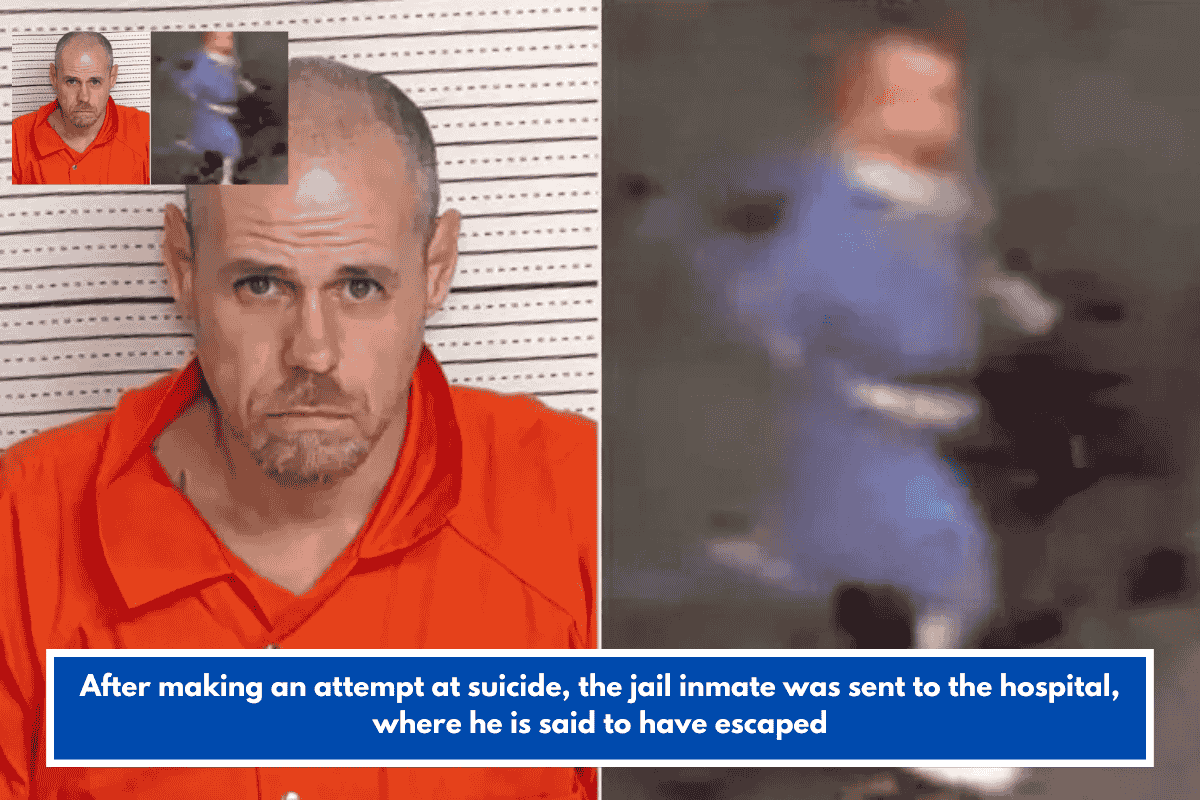In 2013, the remains of 36 people of African heritage were discovered during building work in downtown Charleston, South Carolina. They had been hidden for approximately 200 years in an unmarked 18th-century burial cemetery.
For more than two centuries, such burial grounds, particularly those in former American slave states, have frequently been obliterated or obscured: paved over by parking lots, built upon by roads or private development, or just left unknown and untended. In recent years, descendant communities in Bethesda, Maryland, Richmond, Virginia, St. Petersburg, Florida, and Sugarland, Texas, have advocated for increased recognition and respect for these long-ignored sites.
As a public archaeologist and educator with over a decade of experience in Charleston, South Carolina, I co-direct the Anson Street African Burial Ground project, a community-led initiative to recognize and respectfully lay to rest the 36 African ancestors whose remains were discovered in 2013.
This Charleston effort represents a rising acknowledgment of African American burial grounds as significant historical memory locations and distinct sources of genealogical information. However, the general public still has a limited grasp of how visiting these hallowed sites can foster collective healing, reconciliation, and cross-cultural understanding.
Cemeteries shrouded by history.
Since the British colonial period, racial laws and customs in America have prohibited both enslaved and free individuals of African heritage from burying their dead on white burial grounds. On plantations, enslavers determined where and how the enslaved were buried, as well as whether cemeteries could be marked or visited. Local authorities built segregated burial cemeteries for poor Black and white people in cities ranging from Charleston to New York, many of which have now been forgotten.
People of African heritage were pushed to the periphery, but they retained burial rituals and employed transitory or specialized grave markers such as shells, bottles, clocks, or pottery, which were culturally significant but frequently inconspicuous or insignificant to white onlookers. As a result, many of these locations were neither documented in historical records nor legally designated as burial grounds.
Since the 1770s, African American churches, benevolent societies, and funeral companies have worked to build cemeteries where Black communities can honor the deceased with dignity. What originated regionally, particularly in Charleston and Philadelphia, swiftly extended nationally over the nineteenth century across the American South and North.
In the decades following Reconstruction, particularly during the Jim Crow era, approximately 6 million African Americans relocated north and west to escape racial violence and seek better prospects, a phenomenon known as the Great Migration. This relocation frequently destroyed relationships between families and ancestral burial sites in the South. As churches and burial societies lost members, many cemeteries fell into disrepair and were formally designated as “abandoned” by local authorities or developers.
In both rural and urban places, Black burial grounds were frequently located on less valuable lands, which are now more endangered by gentrification, urbanization, and the consequences of climate change.
The Gullah Geechee, who descended from enslaved Africans in West Africa and currently practice unique cultural practices in the southeastern United States, claim that these burial grounds were never abandoned and that ancestors are still present. This viewpoint sees the deceased as actively connected to the living. For them, the lack of publicly defined graveyard space does not diminish the places’ sacredness.
A tradition of hallowed sites.
Many African Americans, particularly in the South, saw death during slavery as a spiritual return — a “homegoing.”
The act of burial, which originated in West African spiritual worldviews and spread to various traditions in America, was frequently considered as a liberation from bondage, a return to the ancestors, and a step toward wholeness.
Gullah Geechee traditions in coastal South Carolina emphasize ancestral presence, spiritual continuity, and land holiness. In that perspective, with a blurred line between the living and the dead, proper burial and commemoration are not just cultural imperatives, but also required for community well-being.
It wasn’t until the early 1990s that rights to ancestral remains and holy burial grounds became more widely recognized.
Inspired by the 1990 Native American Graves Protection and Repatriation Act, which recognized Indigenous rights to ancestral remains, African American communities began to assert their own rights to ethical research, respectful handling, and meaningful memorialization, particularly during the 1991 New York African Burial Ground project, which reshaped public memory and archaeological ethics.
The 18th-century burial cemetery, discovered during construction in lower Manhattan, held the bones of roughly 400 enslaved and free Africans. Community advocacy resulted in the site’s conservation, descendant-led research, ceremonial reburial, and the erection of a national memorial in 2006.
Since then, descendant-led ceremonies have given respect to ancestral remains throughout the United States and the Atlantic world, from Portsmouth, New Hampshire, to Key West, Florida.
Meanwhile, national scholar organizations and federal lawmakers are working to conserve African American burial grounds among political arguments about how history should be recorded and taught.
What makes the Anson Street project unique?
The Anson Street African Burial Ground project in Charleston is notable for the way Gullah Geechee traditions and descendent involvement influenced every stage of the process, from scientific analysis to reinterment.
In 2017, the team launched a community-led effort that began with listening. They held regular gatherings to ask questions about the ancestors’ lives and identities, as well as their hopes for the reburial, focusing on Black community voices at all stages. The team integrated scientific inquiries into ancestry and health with opportunities for spiritual instruction, ceremony, and descendant leadership. As a result, the project evolved from a historical research to a social act of restoration and recollection, uniting Charleston’s current populations with forebears whose stories had long been forgotten.
Over the next two years, the team integrated this commitment into all aspects of its work, including youth art initiatives, a college course on monument design, public exhibitions, and school partnerships. One of the most moving moments came from conversations with kids, who determined that the ancestors should be named before being reburied.
The naming ceremony took place in April 2019. Natalie Washington-Weik, a Yorùbá-Orisa Ọ̀ṣun priestess, spiritual leader in a West African religion, and African historian, awarded the names. She spoke of the ceremony as a “important step forward in reclaiming the humanity of the deceased people who were most likely forced to travel across the Atlantic Ocean under the terror of other humans – who saw them merely as animals.”
The ancestors were finally reburied in a moving public ceremony that honored their heritage and West-Central African spiritual traditions.
When suffering is recognized, healing can happen.
The 2019 naming and reinterment ceremonies were more than just commemorations; they were rites of remembrance and healing.
Construction on a permanent memorial at the Anson Street site, created by artist Stephen L. Hayes Jr., has begun. At its center is a basin made of sacred earth collected from 36 African-descended burial cemeteries throughout the Charleston area. 36 bronze hands will emerge from the basin, cast from live community members with profiles similar to the ancestors’. These hands, raised in gestures of prayer, resistance, and reverence, connect the past and present.
Throughout the memorialization process, community members thought on what it meant to be involved in such a project. Many expressed feelings of pride, reverence, joy, melancholy, and tranquility. “This conversation makes me feel complete,” one participant stated.
As Charleston demonstrates, these projects are about more than just preserving the past; they are acts of recognition, respect, and reconciliation, assisting communities across the country in confronting and honoring history that have long been denied to people of African descent.

